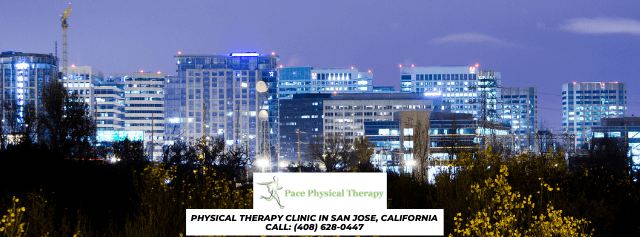Does Physical Therapy Really Help Sciatica?

Sciatica is a symptom of leg pain that people may experience due to a low back problem. The sciatic nerve begins at the lower back and goes down the buttock and branches out to the foot through the back of the leg. There are many reasons why the sciatic nerve may be symptomatic. Common problems resulting in sciatica may include herniated disk, stenosis or narrowing of the nerve, tightness in the hip, or misalignment of the pelvis. Sciatica symptoms may include pain, numbness , tingling, cramping, burning, and weakness in the muscles of the leg. Sciatica can be treated with medication, stretching and, most importantly, physical therapy.
Why is physical therapy beneficial to people with sciatica?
Because it can help to reduce inflammation and pain, improve physical function and prevent the recurrence of sciatica symptoms. Plus, your physical therapy program may teach you how to improve your posture and often includes a long-term, improved physical health home exercise program.
Physical therapist will develop a rehabilitation program to reduce or eliminate your pain, normalize body mechanics to relieve nerve compression, improve core muscle strength , improve muscle and nerve flexibility (yes, nerves) and optimize functional activity. The Home Exercise Program will also be designed and is a key component of the rehabilitation process.
Manual therapy and stretching techniques may reduce nerve compressive forces caused by things like hip joint dysfunction, muscle spasm, etc. Strengthening the spinal column and supporting tendons, and muscles may also help to relieve some sciatic pain. Strong core muscles will reduce pain because they support the spine and keep it aligned, minimizing the chance of experiencing sciatica in the future.
Stretching is also suggested and is designed to target muscles that cause pain when tight and rigid. Nerve stretching is also important, as the sciatic nerve is designed to glide freely between muscles, fascia, and other structures in the body. Nerve stretching exercises are commonly referred to as “nerve glides” or “neural flossing” and are usually a key component of sciatica rehabilitation.
Another treatment that can help with sciatica is low-impact aerobic exercises such as walking, swimming or swimming. Aerobic activity promotes the exchange of fluids and nutrients to help with recovery. Aerobic conditioning is known to release endorphins, the natural painkillers of the body.
Objectives of Physical Therapy and Exercise in Treatment of Sciatica
Physical therapy and exercise helps strengthen and mobilize tissues in the lower back, pelvis, abdomen, buttocks, and thighs.
The objectives of physical therapy and exercise in the treatment of signs and symptoms of sciatica are:
- Restore pain-free functional patterns of movement
- Relieve lower back, buttocks, thighs, and leg pain
- Reduce spasm of muscle
- Restore lumbar spine and sacroiliac joint function
- Improving the mobility of the lower body
- To promote a better healing environment in the lower back
- Promote neurological adaptations to reduce pain perception
- Prevent future pain flare-ups and reduce the fear of movement
Commitment and frequency are important attributes of successful treatment with the use of physical therapy and exercise for sciatica. Physical therapy may or may not be combined with pain-relieving treatments such as over-the-counter ( OTC) or prescription drugs or epidural steroid injections.
Are You Looking for Relief From Back and Sciatica?
Pace Physical Therapy in San Jose, California specializes in back pain and sciatica relief and recovery therapies. We pride ourselves on offering the best possible physical therapy available and going above and beyond for our patients. Our highly experienced physical therapist will work with you to improve your function and relieve your pain. We start by assessing the body as a whole. Oftentimes the cause of pain or an injury extends far beyond just the body part or muscle hurting. Without taking a comprehensive look at your entire self, we would be doing you a disservice in fully helping you heal and preventing future limitations. We then move on to fixing your areas of limitation. Not all diagnoses are created equal. One person with low back pain may have completely different limitations than the next person. Your recovery program needs to be specific to what YOUR body needs and not just the typical exercise program that you can find online to and-aid the real issue. Just because your pain decreases or you can walk longer doesn’t mean that it is enough to get you functioning at the level you want to be. While this often signifies the end of care at your typical PT clinic we don’t stop providing guidance until we help you successfully meet every goal you set for yourself with us on day one. Contact us today to schedule your appointment!


